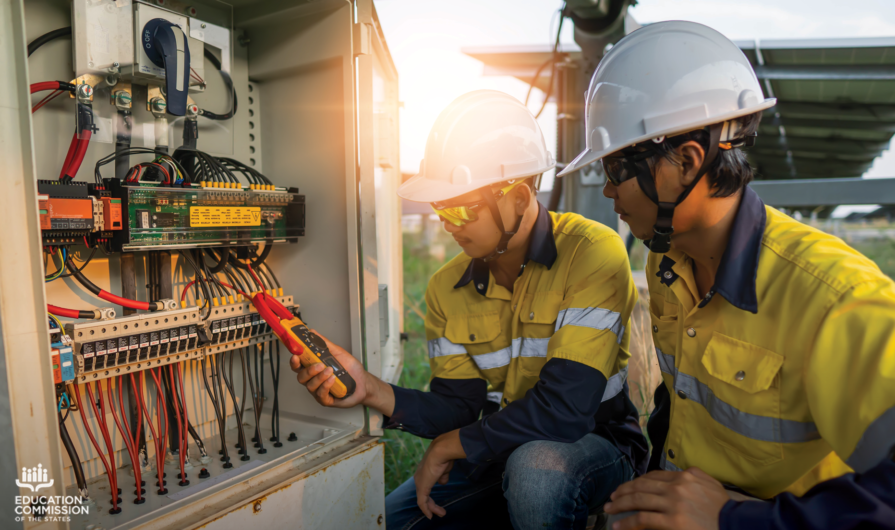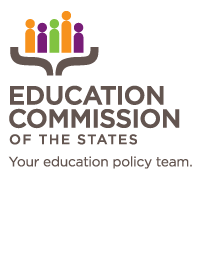As policymakers, some of you may have a clear definition of each of the components that make up a quality work-based learning program, but is your definition and conceptualization consistent with other policymakers in your state who may have varying views and interests?
As it turns out, the position you may find yourself in is similar to that of policymakers across the country. Many of our constituents attest to the range of interests, perspectives, and in some cases, visions of what constitutes quality work-based learning. Further, what high quality work-based learning looks like can vary from one state to another.
Currently, 28 state education agencies have a formal definition of work-based learning, and the components they use in their definitions vary widely. Having a single definition helps to inform a common understanding among all stakeholders across a state, which can create more consistent experiences for students.
A 2018 analysis conducted by American Institutes for Research (AIR) looked at the components state agencies and national organizations used in their definitions of work-based learning. There are some notable similarities and differences:
Similarities
- Intentional knowledge and skill development. States and national organizations consistently hold that quality work-based learning involves both classroom and workplace learning that can be applied in both settings. For example, Minnesota's definition emphasizes intentional knowledge and skill development through work-based learning.
- Connection between work experiences and classroom learning. Of the states and national organization with definitions, it is common to make explicit connections between classroom and workplace learning. For example, Kentucky's definition emphasizes that learning taking place in the classroom supplements the learning taking place in the workplace, and vice versa.
- Mentoring. Both states and national organizations have identified the role of mentors who provide necessary support and learning outside of general classroom activities. For example, Illinois identifies mentoring as an essential component of work-based learning experiences.
Differences
- Identifying a continuum of activities. While some states may identify specific work-based learning experiences, it is not as common for states to identify work-based learning as a continuum of experiences over time. In a 2015 brief, Advance CTE suggests that a work-based learning continuum starts in the early grades with building students’ awareness of possible career options and continues into middle school and early high school with career exploration to inform student decision-making — culminating in a work-based learning experience, such as an internship or pre-apprenticeship.
- Assessing and measuring learning experiences. While assessment or measurement of work-based learning experiences may take place in states, it is currently not an active component of how they are defining or conceptualizing work-based learning. Seven national organizations emphasized the importance of assessing or measuring student learning in work-based learning experiences — from a student portfolio of work to an ongoing self-reflection process.
- Distinguishing types of work-based learning. States do not currently outline possible forms of work-based learning, which can contribute to, and the absence of explicit definitions can contribute to variations in quality and access for students. The Southern Regional Education Board suggests that work-based learning can take many forms, from job shadowing to registered apprenticeships.
While there are plenty of suggestions for creating quality in work-based learning experiences, not all the components are appropriate for all states. As with anything, a state definition of work-based learning and what it looks like in practice should consider the goals and vision of what a state is trying to achieve through these programs.










